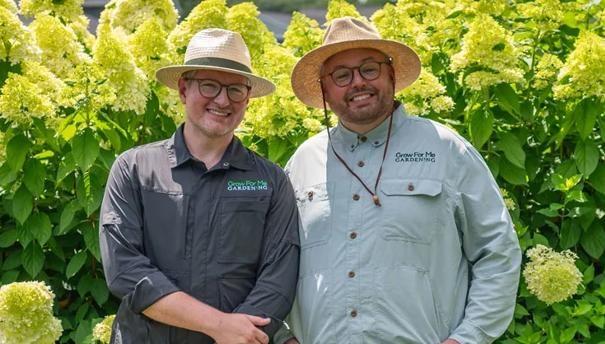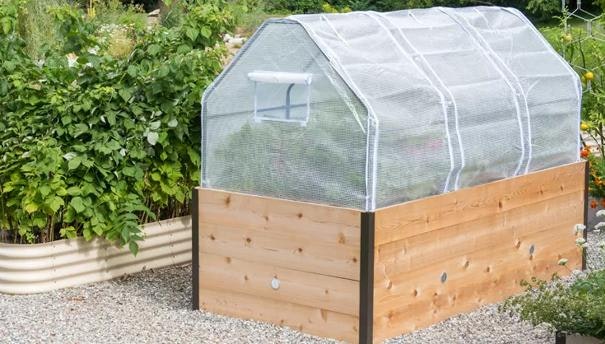Seeds germinate fast when the soil is already nice and toasty. For delicious, picture-perfect fall crops of spinach, lettuce, peas, and cilantro, now’s the time to plant.
Crops to Plant in Late Summer
Choose plants that either grow quickly or do not mind a touch of frost when they are close to maturity. Generally a "light frost" indicates temps in the low 30's (degrees F), while a "hard frost" is below 32 degrees F.
Direct seed or, start indoors a few weeks earlier under grow lights. Wondering how long it takes for seeds to germinate indoors?
| Plant | Days to Maturity | Cold Tolerance |
|---|---|---|
| Spinach | 30-40 days | Tolerates light frost |
| Mustard greens | 30-40 days | Tolerates light frost |
| Radish | 30-50 days | Tolerates a hard frost |
| Arugula | 40-50 days | Tolerates a hard frost |
| Leaf lettuce | 40-60 days | Tolerates a light frost |
| Calendula | 45-55 days | Tolerates a light frost |
| Beans | 45-60 days | Will not survive a frost |
| Kale | 45-60 days | Tolerates a hard frost |
| Swiss Chard | 45-60 days | Tolerates a hard frost |
| Basil | 45-60 days | Will not survive a frost |
| Sweet Pea | 50-60 days | Tolerates a light frost |
| Cilantro | 55-75 days | Tolerates a light frost |
| Peas | 60-70 days | Tolerate a light frost |
| Cauliflower | 60-80 days | Tolerates a light frost |
| Cabbage | 60-90 days | Tolerates a hard frost |
| Sunflower | 60-90 days | Tolerates a light frost |
3 Tips for Late Summer Planting
1. Pull, then plant
As soon as any early season plants have passed their prime, pull them out and replant. Cucumber fizzle out? Pop peas in their place. Put the old plants in your compost pile, then replenish the soil by forking in some compost and organic fertilizer. Rake the surface smooth and sow something new!
 Shade netting
protects crops from summer sun and heat.
Shade netting
protects crops from summer sun and heat.
2. Screen the sun (and then fortify against frost!)
For good late-summer germination, it's important to keep the soil surface from drying out and not let soil temperatures rise over 80 degrees F. Wire hoops and shade fabric are an easy solution, coupled with regular, consisten watering. Fall-planted seeds should be sown twice as deep as in the spring. Natural shade from a trellis or tall plant can also provide a good spot for seeding a second crop.
Unless the plant is frost hardy (see table above), extend the season with proper covers. When cold weather arrives, keep plants warm with a floating row cover.
3. Don't delay
Summer-planted crops usually require an extra two weeks to mature — although soil is warm initially, the days shorten because days are shorter and air temperatures are often cooler by early fall. Using the days-to-maturity figure on the seed packet, count back from your fall frost date, then add a week or so for the "fall factor". This will give you your fall planting date.




